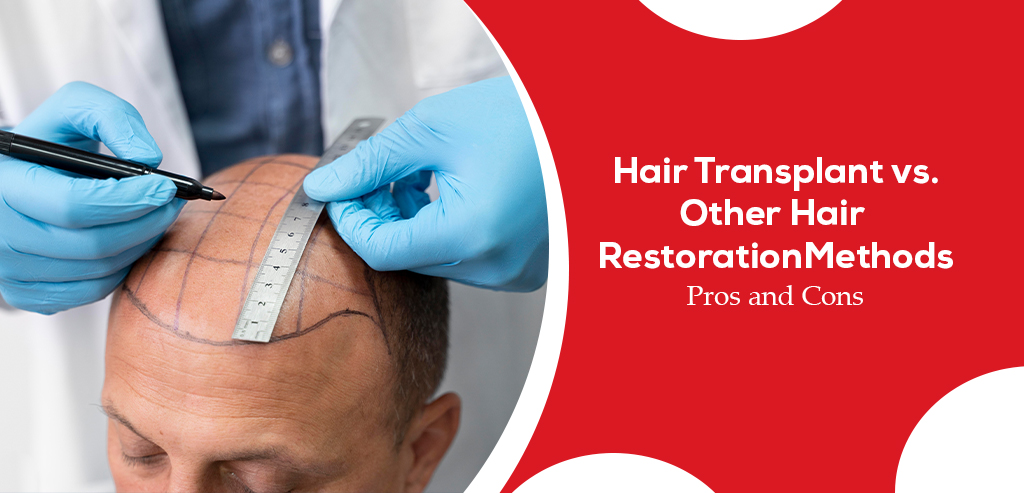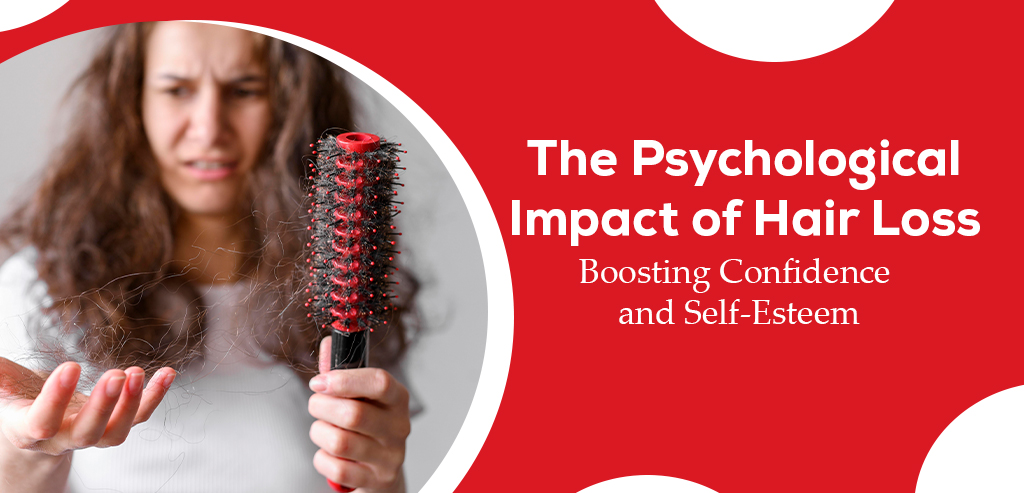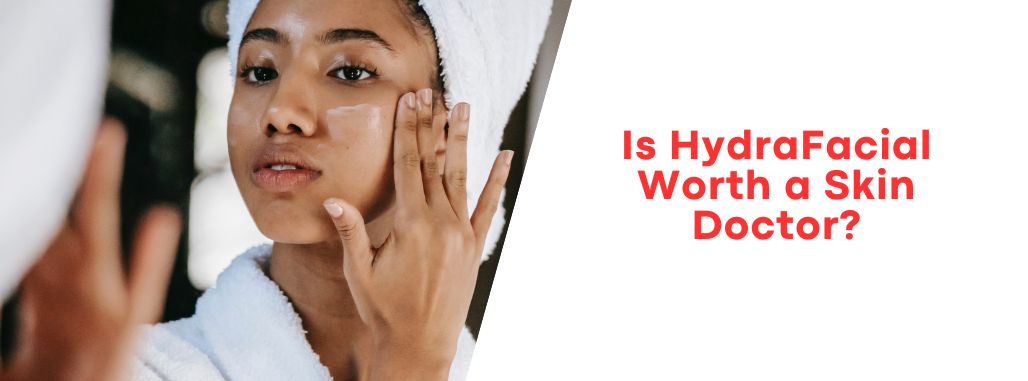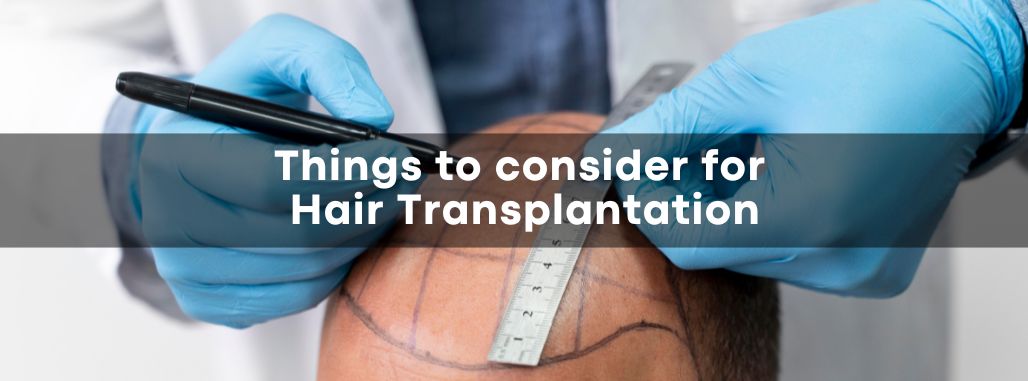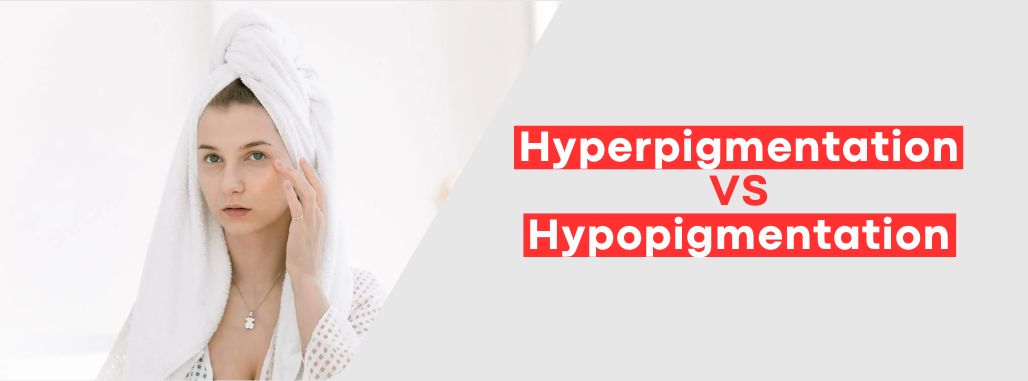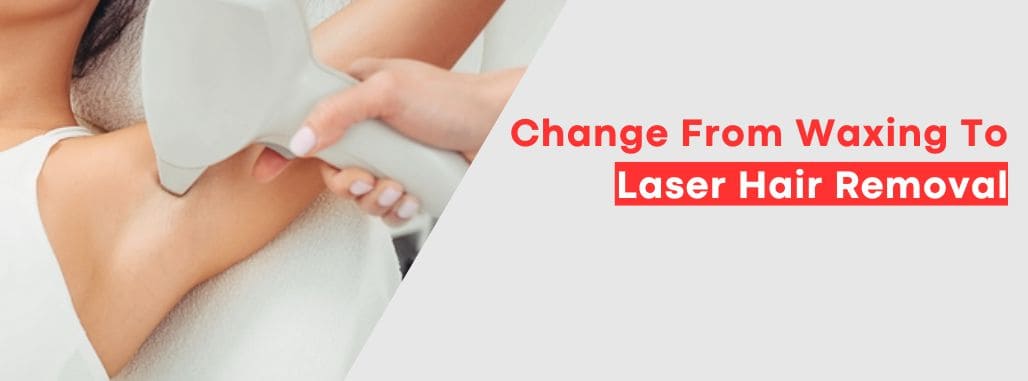Are you in pursuit of glowing, radiant skin that exudes health and vitality? If so, you are not alone. Achieving beautiful skin is a universal aspiration, and the HydraFacial treatment has emerged as a game-changer in the world of skincare.
HydraFacial, often touted as a magical skin treatment, is renowned for its transformative effects. In this blog, we’ll explore the wonders of this innovative procedure, providing a comprehensive guide to help you understand how it works, its benefits, and why it’s become a sought-after treatment.
The HydraFacial: Unveiling the Magic of This Skin Treatment
HydraFacial is a non-invasive, multi-step facial treatment that combines cleansing, exfoliation, extraction, hydration, and antioxidant protection. The procedure is suitable for all skin types and addresses a wide range of skin concerns.
This magical treatment involves a unique device that delivers a series of patented HydroPeel tips to the skin. These tips create a vortex effect, simultaneously dislodging and removing impurities while infusing the skin with nourishing serums. The result? A radiant complexion that feels refreshed and rejuvenated.
Benefits of HydraFacial
-
Improved Skin Texture:
A HydraFacial exfoliates dead skin cells, a process that removes the outermost layer of skin. This exfoliation leaves your skin feeling smoother and softer by getting rid of rough and uneven texture.
-
Hydration Boost:
The treatment deeply moisturizes your skin by infusing it with hydrating serums. This is particularly beneficial for individuals with dry or dehydrated skin as it reduces dryness, flakiness, and helps your skin retain moisture.
-
Minimized Fine Lines:
HydraFacial can help diminish the appearance of fine lines and wrinkles through its exfoliation and infusion process. It promotes the renewal of skin cells, reducing the visibility of these signs of aging.
-
Pore Refinement:
The treatment includes a step that cleanses and unclogs pores. By removing impurities and debris from your pores, it reduces the risk of acne and breakouts. Clean, unclogged pores can result in clearer, healthier skin.
-
Brighter Complexion:
HydraFacial promotes a more even skin tone and a healthy glow by addressing uneven pigmentation and skin discolorations. It can be especially beneficial for those with sun-damaged or dull-looking skin.
-
Customizable:
One of the remarkable features of HydraFacial is its customizability. The treatment can be tailored to your unique skin needs, whether you’re concerned about acne, pigmentation, or other skin issues. This ensures that you receive a treatment that’s specific to your skin concerns.
-
Quick and Painless:
HydraFacial is a fast and comfortable procedure that typically takes around 30 minutes to an hour, depending on the specific treatment plan. It’s virtually painless, and most clients find it relaxing.
-
Long-Lasting Results:
Many clients experience results that can last for weeks. With regular maintenance treatments, you can sustain the benefits and keep your skin looking its best over an extended period.
How Does HydraFacial Work
The HydraFacial treatment combines cleansing, exfoliation, extraction, hydration, and antioxidant protection in a three-step process:
-
Cleanse and Peel:
The treatment begins with the exfoliation of dead skin cells and the removal of debris from your pores.
-
Extract and Hydrate:
A gentle vacuum suction is used to remove impurities and infuse the skin with hydrating serums.
-
Fuse and Protect:
The final step involves saturating the skin with antioxidants and peptides for a radiant finish.
The Inclusive Approach of HydraFacial
One of the remarkable aspects of HydraFacial is its inclusivity. It is suitable for individuals with diverse skin types and concerns. Whether you’re battling acne, hyperpigmentation, fine lines, or just looking to enhance your skin’s overall health, HydraFacial can be tailored to your specific needs.
This inclusivity has made it a popular choice for those seeking visible improvements in their skin without undergoing invasive or harsh treatments.
Where to Get HydraFacial
Dr. Paul’s Advanced Hair & Skin Solutions, a name synonymous with excellence in skincare, offers the best HydraFacial treatment. With a legacy of delivering exceptional results, our clinic has expanded its services to the Jorhat center, bringing the magic of HydraFacial closer to you.
At Dr. Paul’s, we believe in the transformative power of HydraFacial and the positive impact it can have on your skin’s health and appearance. Our team of experts is dedicated to providing you with a personalized experience, addressing your unique skin care needs, and helping you unlock the radiant skin you’ve always dreamed of.
HydraFacial is more than just a facial treatment; it’s a journey towards healthier, more radiant skin. Dr. Paul’s Advanced Hair & Skin Solutions, now available in Jorhat, is your trusted partner in this transformative skincare experience. We invite you to join us on this magical journey to unveil your skin’s true potential.
At Dr. Paul’s, we’re not just offering a treatment; we’re offering you a path to unlocking the radiant skin you deserve.

